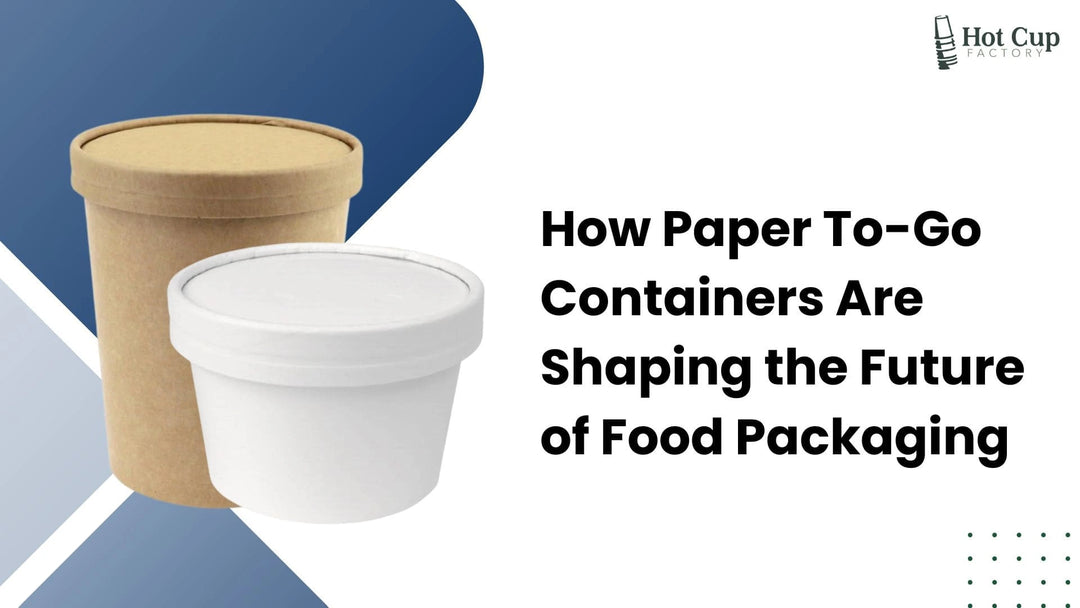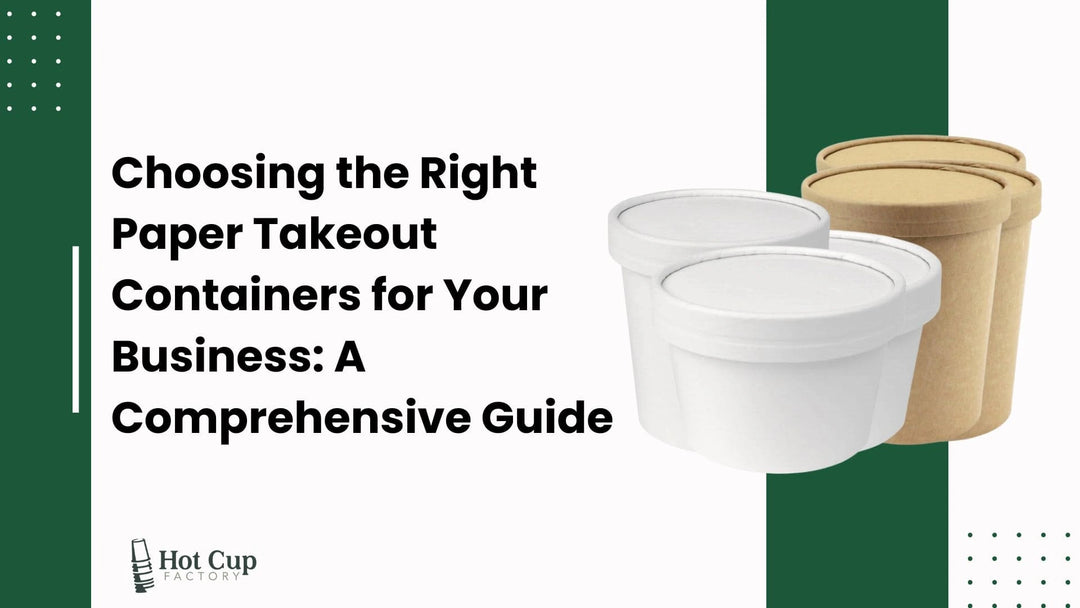How Does an Espresso Machine Work?

Espresso machines, are the heart and soul of every coffee shop in the world. They often captivate the curious minds of coffee lovers. But have you ever paused and wondered "How do espresso machines work?" Let's dive into the intricate world of these powerful machines with us and unravel the mysteries behind your favorite brew.
How do Espresso Machine function?
These are the operational fundamental principles on how they work; forcing hot water under pressure through finely grinding coffee beans to extract their flavors.
Features of an Espresso Machine:
Water Supply

Every espresso machine needs water. Small, home machines usually just have a tank or reservoir filled with water. Industrial espresso machines are connected to the building's water line. Every espresso machine has a water supply to make espresso with.
The Pump

Because espresso is made by forcing water through coffee grounds, you can't just pour water on top of it. Espresso machines have pumps to pressurize the water through the grounds. The water pump is an important part of the espresso-making process.
Heating

To make espresso, you need the right temperature of water. It shouldn't be boiling or tepid. The ideal espresso brewing water is near boiling but not quite. Espresso machines are made with a heating mechanism to heat the water before it's pressured through the coffee grounds. This is frequently called a boiler.
Group Head and Portafilter

This is where the espresso comes out. The portafilter is a metal container that fits into the espresso machine. You fill it with coffee grounds, and the machine forces hot water through it. This is where the group head comes in: when water is forced through the portafilter, it needs to go somewhere. The group head is a spout that expels your fresh espresso.
Difference Between an Automatic and Semi-Automatic Espresso Machine:
Automatic and semi-automatic espresso machines differ mainly in user control over the brewing process. With semi-automatic machines, users manually control water flow and shot duration, offering more customization. Meanwhile, automatic machines handle the water flow for consistent shots, making them user-friendly. Both types showcase the intricacies of how espresso machines work, balancing automation with the art of coffee brewing.
Espresso is the base of many drinks in coffee shops. Espresso machines may seem like big, complicated machines, but they're not so crazy! Hopefully, this article cleared it up a bit for you.
To discover more, visit Hot Cup Factory - Wholesale Coffee Shop Supplies



